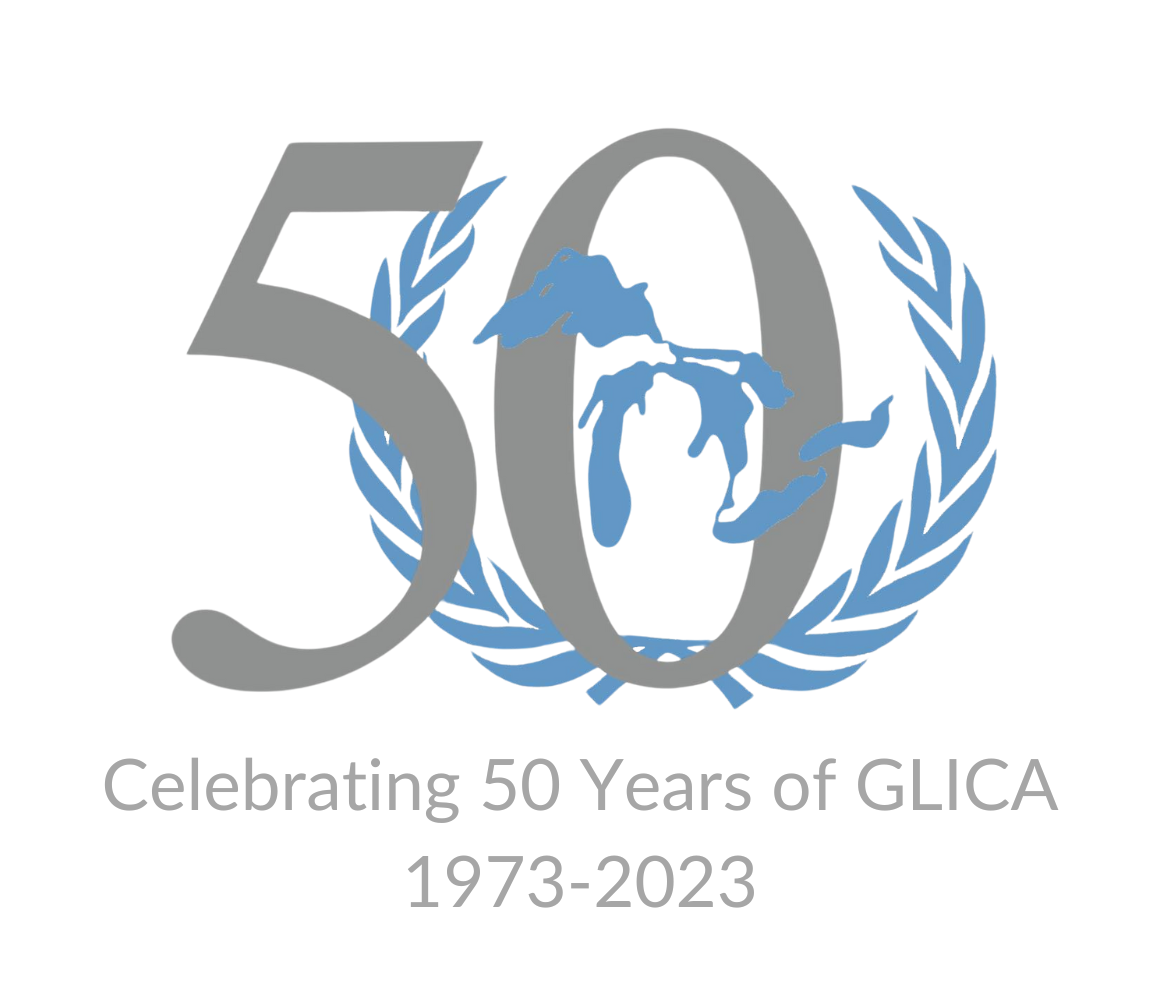Topic:
Country: Ukraine
Delegate Name: Sarah Zaruba
One of the fundamental keys to survival is having access to water and sanitation. While significant strides have been made in expanding access to uncontaminated drinking water and sanitation, billions of people, predominantly in more isolated regions, are still deprived of these basic needs. Globally, one in three people do not have access to purified drinking water, two out of five people do not have a basic hand-washing facility with soap and water. More than half of the world does not have access to safe sanitation services. This lack of access leads to increasing numbers in homeless people, disease, and death.
Ukraine’s work on clean water and sanitation is linked to the following Sustainable Development Goals: 1- no poverty, 3- good health and well being, 9- industry, innovation, and infrastructure, and 16- peace, justice and strong institutions. Ukraine is currently working with UNICEF to support river basin management plans in Donetska. Because of our work towards SDG 6, 89% of the population in Ukraine has access to a safely managed drinking water service. Water is related to every aspect of development. If the water issue is not soon addressed it will affect other sectors of the economy such as agriculture, food production, climate change, and energy. Like other countries, Ukraine is facing the tragic effects of the ongoing COVID-19 pandemic, and it is driving many citizens into poverty. To improve the water and sanitation crisis, Ukraine is working towards the provision of water treatment chemicals to ensure the safe distribution of water. We are restoring water systems and we are currently working with small towns to address our weaknesses and find solutions.
Ukraine urges that the UNDP partners with UNICEF to help meet the water and sanitation needs for citizens areas of need. As this has been beneficial to us achieving our goals of access to safe water. Looking ahead we hope to focus on improving fair access to water and sanitation, reducing exposure to environmental risks, and improving hygiene practices in communities, schools, and health facilities.


